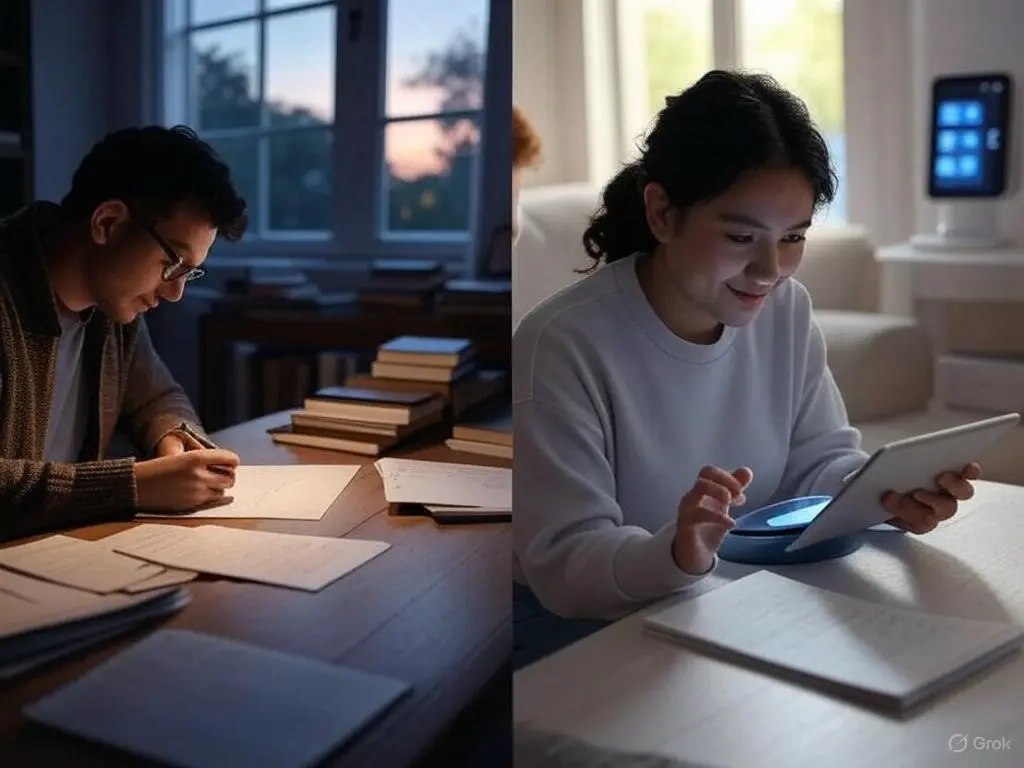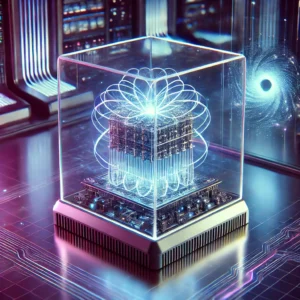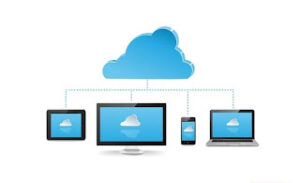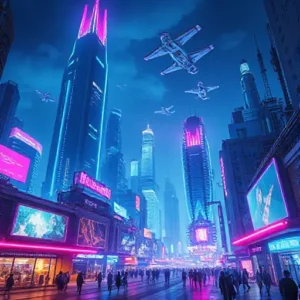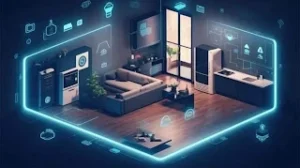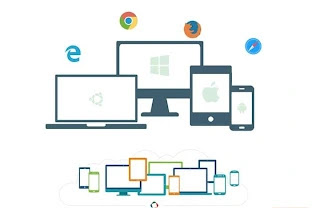Explore how human life has transformed with the advent of AI. This blog post delves into the differences in work, communication, entertainment, and decision-making before and after AI became a part of our daily lives.
Human Life Before AI Came and After AI Came: A Comprehensive Comparison
Artificial Intelligence (AI) has changed the world in ways we couldn’t imagine decades ago. Today, AI is everywhere—helping us work smarter, connect faster, enjoy personalized entertainment, and make better decisions. In this blog post, we’ll dive into Human life Before AI came After AI came, comparing how things were before AI and how they’ve evolved since it arrived. Let’s explore this incredible shift and see how AI has reshaped our lives.
Human Life Before AI Came
Before AI became a big part of our world, human life relied heavily on manual effort and traditional methods. Here’s a look at key areas of life back then.
Work and Productivity
In the days before AI came, work was often slow and hands-on. Factory workers built things by hand, and office staff sorted papers without computers doing it for them. People spent hours on repetitive tasks like typing reports or counting inventory. Mistakes happened often because there were no smart machines to double-check things. Productivity depended entirely on how fast and accurate humans could be.
Communication
Communication before AI came was simple but limited. People wrote letters, made phone calls on landlines, or met in person to talk. Sending a message across the world could take days or weeks. There were no apps or instant chats, so staying connected wasn’t as easy or quick as it is today.
Entertainment
Entertainment before AI came was straightforward. People read books, watched TV shows at set times, or went to movie theaters. Choices were fewer, and there was no way to get recommendations tailored just for you. Fun activities like board games or early video games didn’t adapt to your preferences—they stayed the same every time.
Decision Making
Making decisions before AI came depended on human brains alone. People gathered information by hand, like reading reports or asking others for advice. Solving big problems took a lot of time and effort, and there were no fancy tools to predict what might happen next. Decisions were slower and sometimes less accurate.
Human Life After AI Came
Since AI arrived, it’s transformed how we live every day. Here’s how human life looks after AI came into the picture.
Work and Productivity
After AI came, work got a major upgrade. Machines now handle boring, repetitive jobs like assembling products or entering data. This lets people focus on creative tasks, like designing new things or planning strategies. A report by McKinsey says AI could take over up to 30% of tasks in many jobs, making work faster and less error-prone.
Communication
Communication after AI came is instant and worldwide. Social media, messaging apps, and video calls connect us in seconds. AI tools like Google Translate break down language barriers, letting us talk to anyone, anywhere. Human life after AI came means staying in touch has never been easier or more inclusive.
Entertainment
Entertainment after AI came is all about you. Platforms like Netflix use AI to suggest shows and movies you’ll love. AI can even create music or art, and virtual reality games make fun more exciting than ever. Human life after AI came offers endless options tailored to what you enjoy.
Decision Making
Decision-making after AI came is smarter and quicker. Businesses use AI to study huge amounts of data and spot trends fast. In healthcare, tools like IBM Watson help doctors diagnose illnesses and pick the best treatments. Human life after AI came means decisions are backed by powerful technology, not just guesswork.
Comparison and Contrast
Comparing Human life Before AI came and After AI came shows huge differences:
- Efficiency: Work and tasks are much faster and smoother now.
- Connectivity: We’re linked globally in ways we never were before.
- Personalization: Entertainment and services match our unique tastes.
- Accuracy: Decisions are sharper with AI’s help.
But it’s not all perfect—AI brings challenges like privacy worries and job changes we need to manage carefully.
Future Implications
Looking ahead, AI will keep changing human life after AI came even more. We might see smarter robots, better virtual assistants, and new ways for humans and AI to team up. To make the most of it, we’ll need to think about ethics and how AI affects society. The future of Human life Before AI came After AI came is full of possibilities.
Conclusion
In summary, Human life Before AI came After AI came tells a story of massive change. From slow, manual days to a fast, tech-driven world, AI has made life more efficient, connected, and exciting. As we move forward, understanding this shift helps us get ready for what’s next. AI is here to stay, and its impact is only growing.
FAQs
- What is AI?
AI, or Artificial Intelligence, is when machines are built to think and learn like humans. - How has AI changed the workplace?
After AI came, it took over repetitive jobs, boosted productivity, and helped people focus on creative work. - What are the benefits of AI in communication?
AI makes talking to others fast, global, and easier by removing language barriers. - Are there any downsides to AI?
Yes, things like privacy risks, lost jobs, and ethical questions are concerns to watch. - How can I learn more about AI?
Check out these resources:
